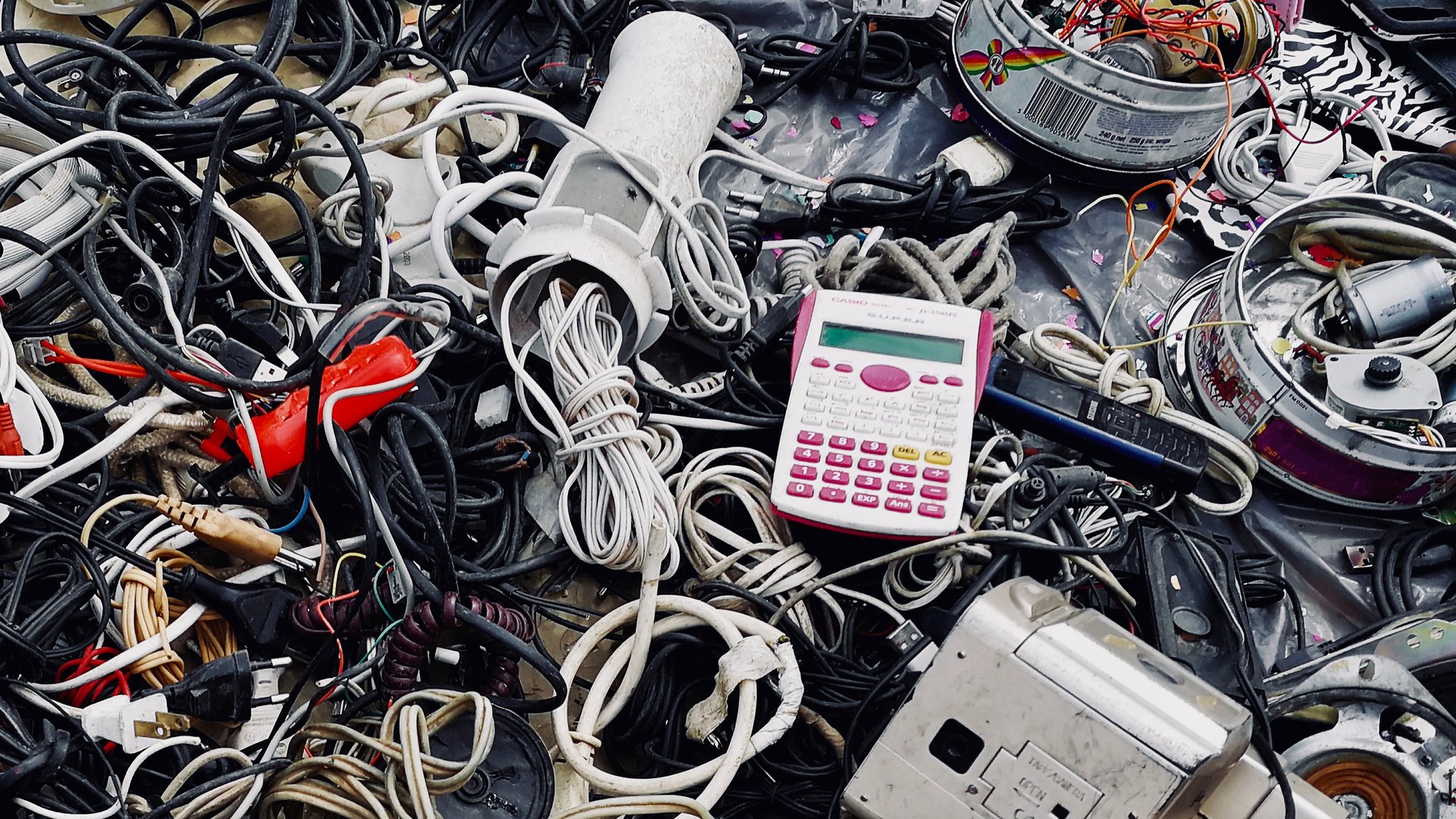When it comes to product safety, Amazon says it doesn’t really sell things
Tech companies employ an interesting logic when faced with liability issues. Although you may view online retailer Amazon as a seller, or Facebook and Google as media companies, or Uber as a taxi service—given that you may use them to buy items, access news, and get rides—when the corporations are sued, they commonly claim that the things they offer aren’t actually their responsibility because they’re merely facilitators, technology platforms rather than providers of goods and services.


Tech companies employ an interesting logic when faced with liability issues. Although you may view online retailer Amazon as a seller, or Facebook and Google as media companies, or Uber as a taxi service—given that you may use them to buy items, access news, and get rides—when the corporations are sued, they commonly claim that the things they offer aren’t actually their responsibility because they’re merely facilitators, technology platforms rather than providers of goods and services.
Amazon, for example, lists thousands of items that have been declared unsafe by US federal agencies, are deceptively labeled, or are banned by regulators, according to a new Wall Street Journal investigation. But when consumers try to sue Amazon for product liability, the company often argues that it’s not a seller. Instead, it says, it merely lists items for sale by others.
In July, the federal Third Circuit Court of Appeals disagreed with Amazon’s arguments. It held that the retailer is a seller and, in Pennsylvania, which has strict product liability laws, can be sued for items sold by a third party on its site.
However, in two cases decided in May and June, federal appeals courts determined otherwise, finding that Amazon could not be held liable for defective products on its site that were listed by other sellers. And some state courts have held similarly.
Because the ruling out of the Third Circuit refers specifically to Pennsylvania law, however, it’s not clear that it technically conflicts with the other holdings because there is no federal product liability statute and states all have their own laws. That means this isn’t necessarily a question ripe for review by the Supreme Court.
For consumers, this state of affairs means that shopping on Amazon is extra risky. Not only does the company appear to be poorly policing products on its site—the Journal investigation found that at least 157 items Amazon had said it banned were still for sale, including sleeping mats the Food and Drug Administration warns can suffocate infants—but the retailer is also rarely responsible to shoppers when something goes terribly wrong with a product.
This undermines the very existence of US torts laws. Potential liability is considered a kind of protection that incentivizes individuals and companies to act responsibly and produce safe products—or pay. And it’s fair to ask whether Amazon would be as cavalier about issues with its sellers’ items if it faced litigation and was forced to shell out serious damages for dangerous items.
Although the online retailer told the Journal that safety is “a top priority” and that it acts fast when an issue with an item arises, it hasn’t really paid the price for failing to do otherwise. For example, the company settled a claim about an unsafe motorcycle helmet—arising from a deadly 2014 accident—for a paltry $5,000, without admitting liability. The helmet was declared non-compliant with Department of Transportation standards in July, and was recalled. But it was still listed as DOT-compliant and available on the site until the Journal inquired about it.
This and other worrisome failures noted in the investigation indicate that, when it comes to shopping on Amazon, there’s now a heightened urgency to the old warning, “Buyer beware!”